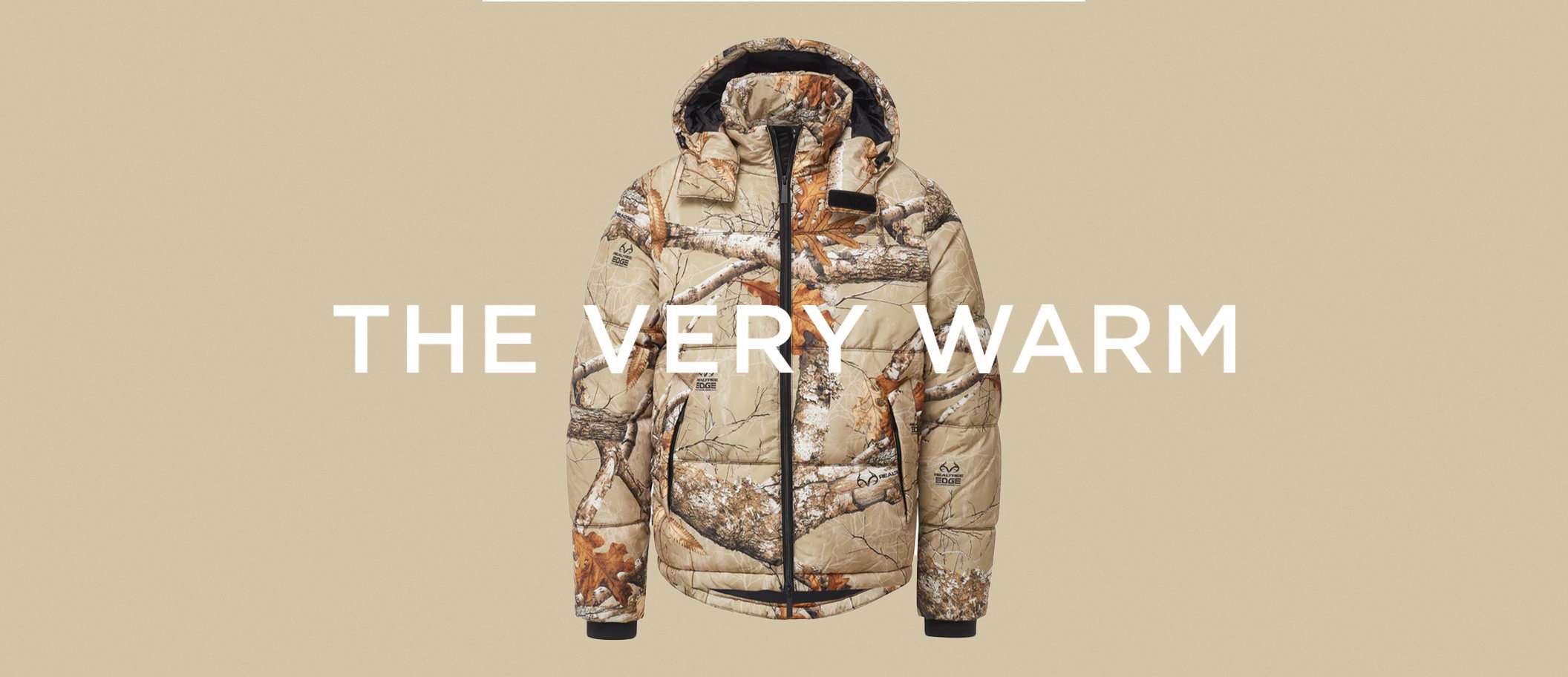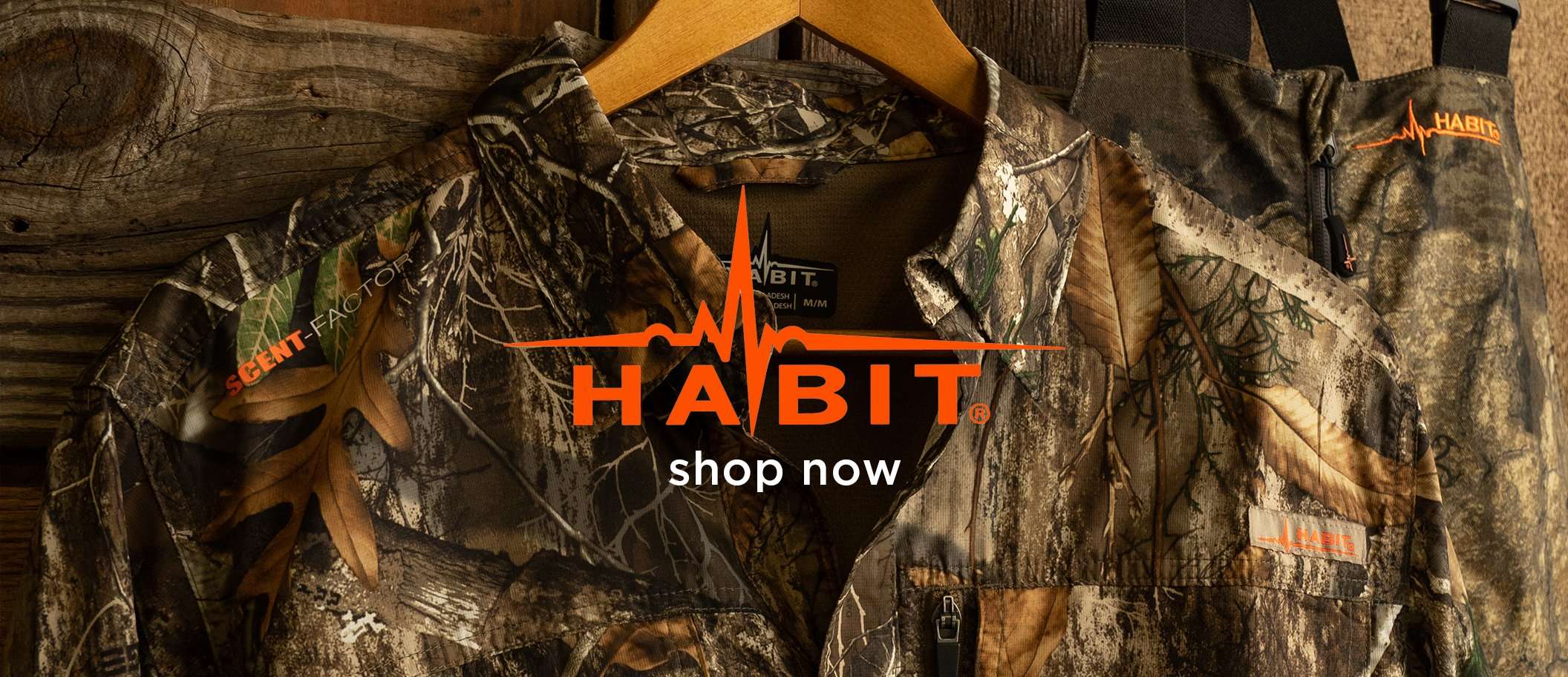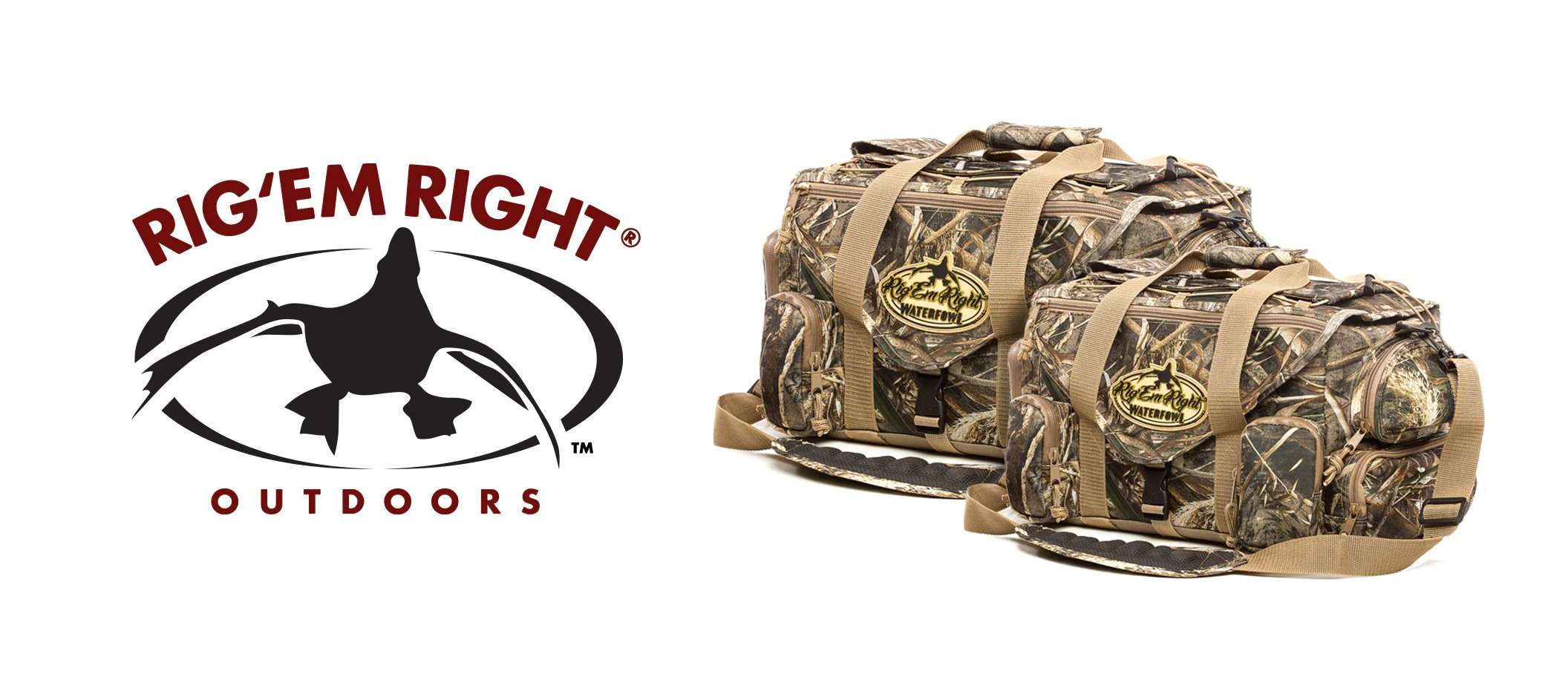Tired of fruitless sits at once-promising sites? Tweak your scrape hunting approach to find the hottest big-buck action
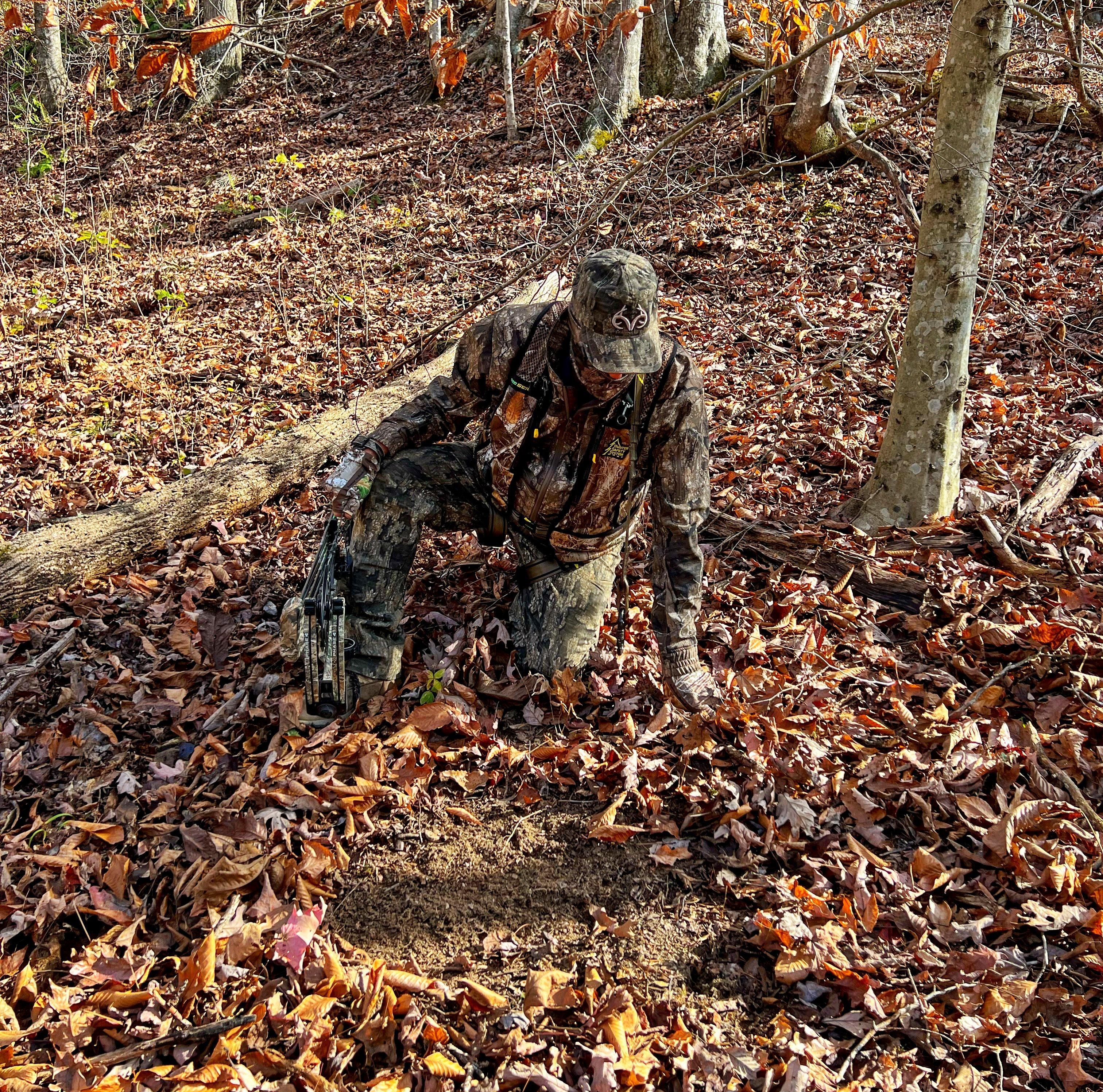
Just because you’re hunting over scrapes doesn’t mean it will be successful. Image by Stacy Konway
A freshly pawed scrape the size of a truck hood with a snapped lick branch dangling above it is the most bewitching sign in the woods. The sight of it sucks you in. “This marks the spot to kill my buck.” You hang a stand close and sit for days. A few does and a spindly 6-pointer wander through for a sniff, but that’s it. No shooter bucks.
“I’m tired of this. Dang scrape hunting doesn’t work,” you say.
Well, it can if you tweak your routine a bit.
Watch the Hot Scrapes
Researchers at the University of Georgia conducted a two-year study at a 3,500-acre property in the northern part of the state, where the rut peaks in mid-November. The habitat was well managed, and the buck-to-doe ratio and age structure of the free-range bucks was good.
Setting up trail cameras at every scrape they found, the researchers got reams of videotape and images of deer. One major finding: Although multiple bucks of all ages might visit one set of scrapes, other scrapes only 200 or 300 yards away might go stone cold at any time. That explains much of your — and my — previous futility. You found good-looking scrapes, hung a stand in the area and hunted sign that the deer had abandoned for whatever reason.
Don’t waste your time on unproductive scrapes anymore. Cover ground, find as many freshly pawed areas at various sections of your property as you can, and set cameras on the scrapes (wireless cams that send images to your phone work best for this). Monitor the scrapes for several days to a week, and zero in on the sign where deer continue to be most active. Move into a hot area with a climbing stand. Or if you’re hunting with a muzzleloader or rifle, sneak in from downwind, and try a quick-strike ground ambush.
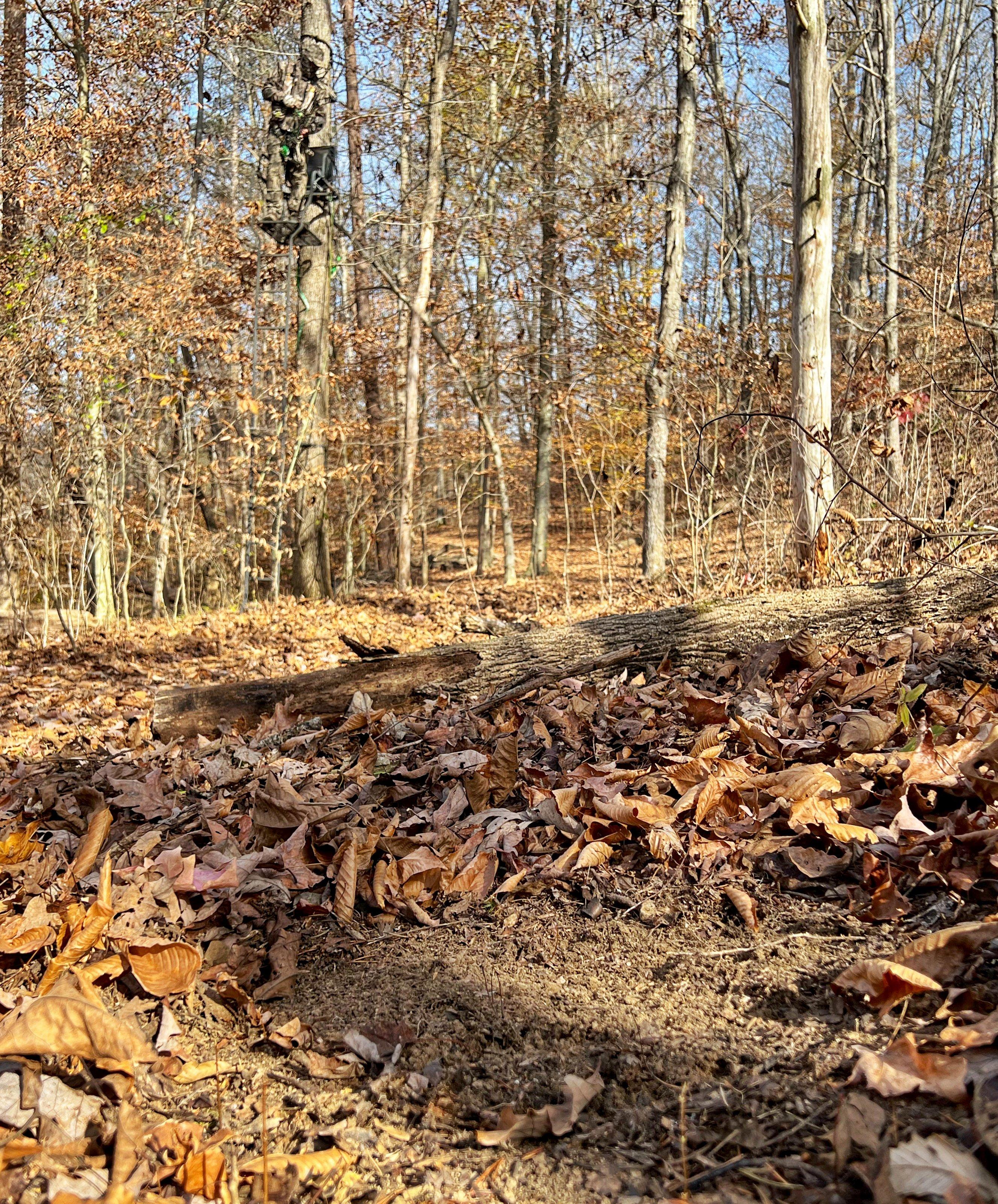
Think about all relevant factors, and then incorporate scrapes into the game plan as necessary. Image by Stacy Konway
Scout for Junction Scrapes
Been watching scrapes at field edges or in semi-open woods or bottoms? Forget those, and heed the advice of scientist and hardcore hunter Dr. Mickey Hellickson. Having conducted trail-camera surveys in Iowa and Texas for decades, he’s charted, cross-referenced and analyzed tens of thousands of deer photos. Hellickson’s data clearly show two terrains where older-age bucks move and scrape the most in the pre-rut: the intersections of two or more drainages, and the junction of two or more timbered fingers deep in the woods.
“The thicker the cover in and around either of these intersections, the better,” Hellickson said.
Check your aerials and maps, and scout for terrain junctions like that where you hunt. Some draws and ditches in the woods will be well-defined and evident, but others — such as two or three shallow swales coming together in a tall-grass field — will be more subtle. Hunt downwind of an intersection with thick cover and the freshest scrapes. Pack a lunch, sit all day and watch for a giant. Get him and you’ll say, “I knew this dang scrape hunting works.”
Don’t Miss: 81 WAYS TO FAIL AT DEER HUNTING

